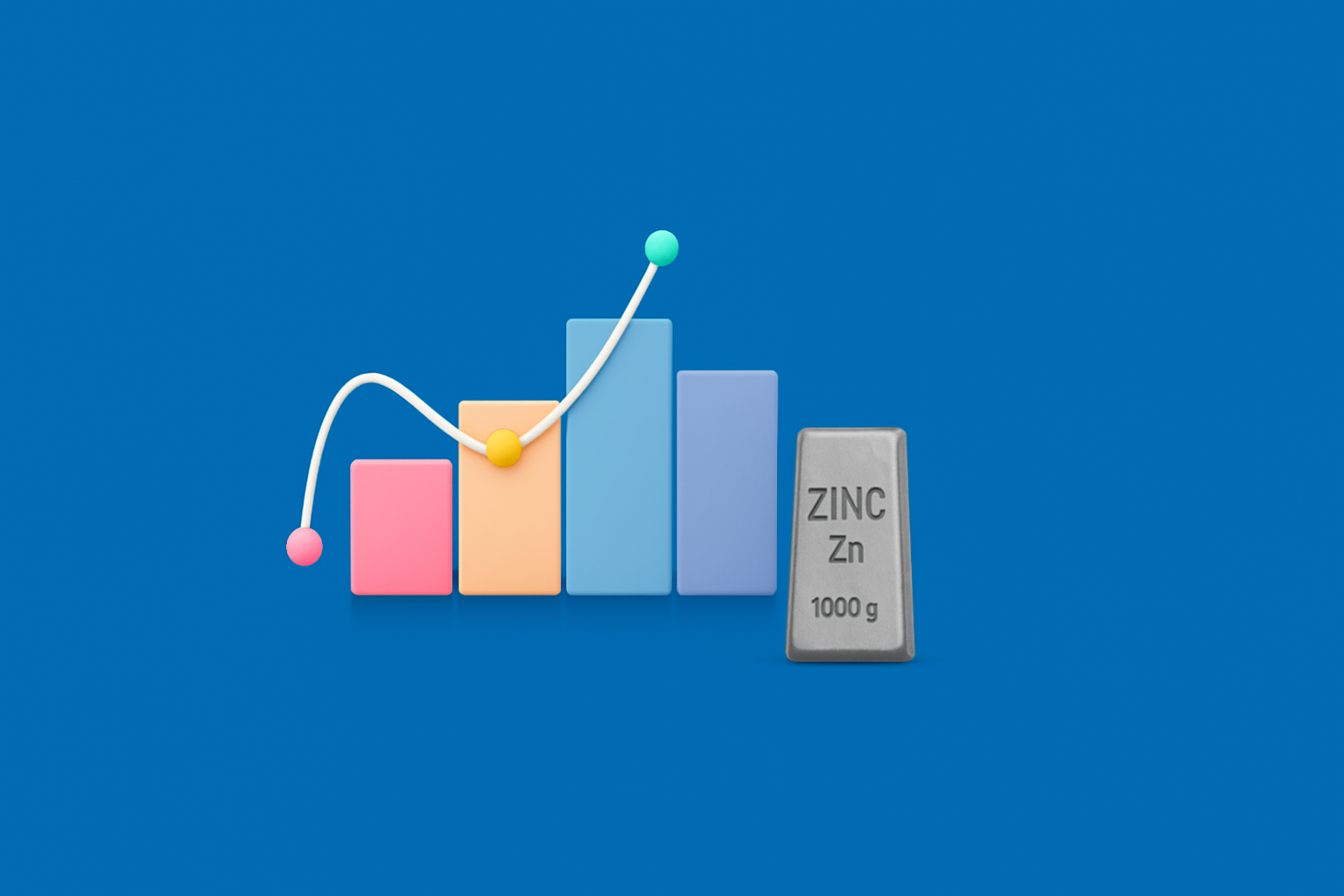Difference Between Trading And Investing

- Published Date: September 25, 2024
- Updated Date: October 08, 2025
- By Team Choice
Investing and trading are two different methods of making money with financial instruments. Although both will increase wealth by working in the markets, they are totally different in their workings.
Generally, investing is done with a longer, more sustained view, while trading seeks short-term opportunities to capitalise on. If you are looking for trading then open a trading account.
Understanding the difference between trading vs investing can help investors know what path would be more suitable when the goal is to gain money in financial markets.
What is Trading?
Trading involves the repeated sale and purchase of different financial instruments, such as shares, commodities or currency pairs, to benefit through capturing price movements within small time frames. With the general motive of higher returns, traders use technical analysis and stop-loss orders to control the associated risk.
| Pros of Trading | Cons of Trading |
|---|---|
| Potential for quick profits | Requires constant market monitoring |
| Capitalizes on both rising and falling markets | Higher risk and volatility |
| Flexibility in choosing short time frames | High transaction costs due to frequent trades |
What is Investing?
Investing is the attempt to increase one's money over time using a buy-and-hold approach. Investors typically create wealth over a slow period by holding a diversified portfolio, including stocks, bonds, mutual funds, and ETFs, for periods that stretch into decades. It uses compounding, dividends, and the general stability of the market over time. It isn't so much that the investor is worried about the short-term fluctuations of the market but relatively steady, long-term earnings.
| Pros of Investing | Cons of Investing |
|---|---|
| Long-term wealth generation | Slower returns compared to trading |
| Lower transaction costs | Exposure to market downturns |
| Takes advantage of compounding | Requires patience and long-term commitment |
Difference Between Trading and Investing
As much as trading and investing result in growing wealth, they differ in terms of time horizon, risk tolerance, and strategies. The table below provides a comparison between trading and investing:
| Feature | Trading | Investing |
|---|---|---|
| Time Horizon | Short-term (minutes to months) | Long-term (years to decades) |
| Risk | High due to volatility | Lower, but exposed to market downturns |
| Strategy | Active, frequent transactions | Passive, buy-and-hold |
| Capital Requirement | High for active trading | Lower, depending on asset class |
| Market Focus | Price movements and technical indicators | Fundamental analysis and long-term trends |
| Goal | Quick, frequent profits | Steady, long-term growth |
Investing Strategies
Investment strategies are structured, explicit techniques that investors use to help them make effective investment decisions about deploying their funds in financial markets. These strategies aim to achieve predefined financial goals through maximum return while efficiently and effectively mitigating risk. Here is a comparison overview of the different types of investment strategies:
| Strategy | Description | Key Features | Risks | Typical Investments |
|---|---|---|---|---|
| Value Investing | Popularised by Warren Buffet, this strategy involves purchasing shares at below intrinsic value. Requires thorough research into a company's fundamentals and patience, as stock prices may take months or years to reach their true value. | Long-term commitment, buy-and-hold approach | Long wait for a price correction | Well-established companies with stable growth |
| Income Investing | Focuses on buying securities that provide regular income. Includes bonds, dividend-paying stocks, ETFs, mutual funds, and REITs. Aims for steady, relatively low-risk income. | Regular income, low-risk | Lower growth potential | Bonds, dividend stocks, ETFs, mutual funds, REITs |
| Growth Investing | Centers on capital appreciation by investing in companies with above-average growth in revenues and profits. Involves higher risk due to potentially high valuations and smaller, emerging companies. | High potential rewards, riskier investments | High valuation risks | High-growth companies, blue-chip stocks, emerging markets |
| Active Trading | Involves frequent buying and selling to profit from short-term price fluctuations. Traders use technical analysis and must define risk levels, reward targets, and win-loss ratios. Can operate on various time frames (seconds, days, months). | Short-term gains, technical focus | High transaction costs, high stress | Stocks, commodities, currencies |
| Passive Investing | Aims to maximize returns by avoiding frequent transactions and high costs. Follows a buy-and-hold approach, focusing on long-term growth rather than short-term gains. | Low transaction costs, long-term growth | May underperform in short-term market conditions | Index funds, broad market ETFs |
For example, let’s consider Reliance Industries limited stock. Here is how much the stock price has changed in the last 5 years:
If someone had invested approximately ₹1,00,000 5 years ago in Reliance stocks and simply held the investment without making any changes, their investment would have grown to approximately ₹251,604.17 now. This is a classic example of value investing, where you find the best-performing stocks and use the buy-and-hold approach. The returns vary based on the type of stock, market conditions, and chosen investment strategy.
Trading Strategies
A trading plan is almost like a roadmap because it provides explicit criteria for making trading decisions and allows one to stay focused in the presence of distractions. Proper choices at the right time lead to profits in trading; on the other hand, poor decisions mainly result in loss. A good trading plan enables objective decision-making, thus saving one from emotionally flawed moves that can hurt trades and capital. Here is a compression of common strategies:
| Strategy | Description | Key Features | Risks | Typical Investments |
|---|---|---|---|---|
| Volatility Trading | Focuses on trading instruments with high volatility and good liquidity. Requires quick decisions and prompt exit strategies to control risk. | High volatility and liquidity, quick action | Rapid losses if trades are not promptly closed | Stocks, options, futures |
| Pyramiding | A conservative approach involving adding to existing positions as prices trend favorably. Requires predefined levels and a solid stop-loss plan to minimize long-term losses. | Adds to positions, conservative approach | Risk from rapid price increases | Stocks, futures, forex |
| Averaging Down | Involves buying more of a security as its price drops to lower the average purchase cost, aiming for gains when the market recovers. | Reduces average cost base | Increased risk if the market continues to fall | Stocks, ETFs, mutual funds |
| Breakout Trading | Identifies key levels where stock prices break above or below set thresholds. Profits are made from movements beyond these levels. | Profit from price movements beyond thresholds | High volatility, potential false breakouts | Stocks, ETFs, commodities |
| Reversal Intraday Strategy | Targets extreme price points for trend reversal. Involves setting a stop at the reversal point and waiting for maximum fluctuation before exiting. | Focuses on trend reversals, quick exits | Risk of incorrect reversal timing | Stocks, intraday forex, ETFs |
| Swing Trading | Captures smaller profits from short-term market trends. Positions are held for several days to weeks to benefit from short-term price swings. | Short-term focus on trends | Market swings may not always be predictable | Stocks, ETFs, commodities, forex |
Trading Vs Investing – Which is Right For You?
Investing is simpler compared to trading. Trading demands advanced market skills, real-time analysis, and quick decision-making to capture price movements effectively.
Invest only if you are a retail investor who wants to generate some kind of passive income with a minimal time commitment to analysis. The probability of capital appreciation is undoubtedly more likely to favour investors. However, those with solid market knowledge and razor-sharp analytical brains may look at trading options. You can choose the right strategy for you based on the following factors:
Evaluating Your Financial Goals
Are you saving up for a short-term gain, which can be applied to achieve some specific goal, or do you take a more long-term approach to wealth accumulation to serve later in retirement or to build a legacy? First, pin down your time horizon and urgency. It might suit your goals if you're looking for quick profits with the risk tolerance and time required for trading.
But if steady, long-term growth matters to you, investing can offer a patient, calculative route. Consider your risk appetite, the time available, and your comfort regarding market volatility. There isn't any one-size-fits-all approach, but the key is selecting one that fits your unique goals and situation.
Understanding Your Risk Tolerance
Risk tolerance is usually defined as the ability and willingness of an investment portfolio to bear uncertainty and losses within the markets. It's a personal factor driven by your financial goals, time horizon, and emotional robustness. Risk tolerance can be rated to be aggressive, moderate, or conservative.
Since trading is focused on short-term gains, the associated risks are greater due to market volatility and quick decisions are required. Gauging one's comfort with this environment is critical. If these rapid market movements stress or anxiety you out, you are best suited for investing.
Conclusion
Trading tends to capture short-term movements in markets and bring quick returns while investing is based on long-term wealth creation through a buy-and-hold approach. A diversified portfolio in stocks, bonds, and other instruments is held by an investor, each in their respective positions, for a long time, with the motive of creating wealth over a period of time. If you need rapid gains and are able to handle higher risks, trading will help.
On the other hand, if you're looking for more stable and long-term growth and less of a hands-on approach, it's going to be more investing.
Attracted by equity markets but worried about volatility? Choice experts can guide you to get started in the alluring stock market to help you build wealth.
Recommended for you

How to Bid in An IPO?

FII DII Data - Live Data

Why ESG Matters for India’s Growth Story
